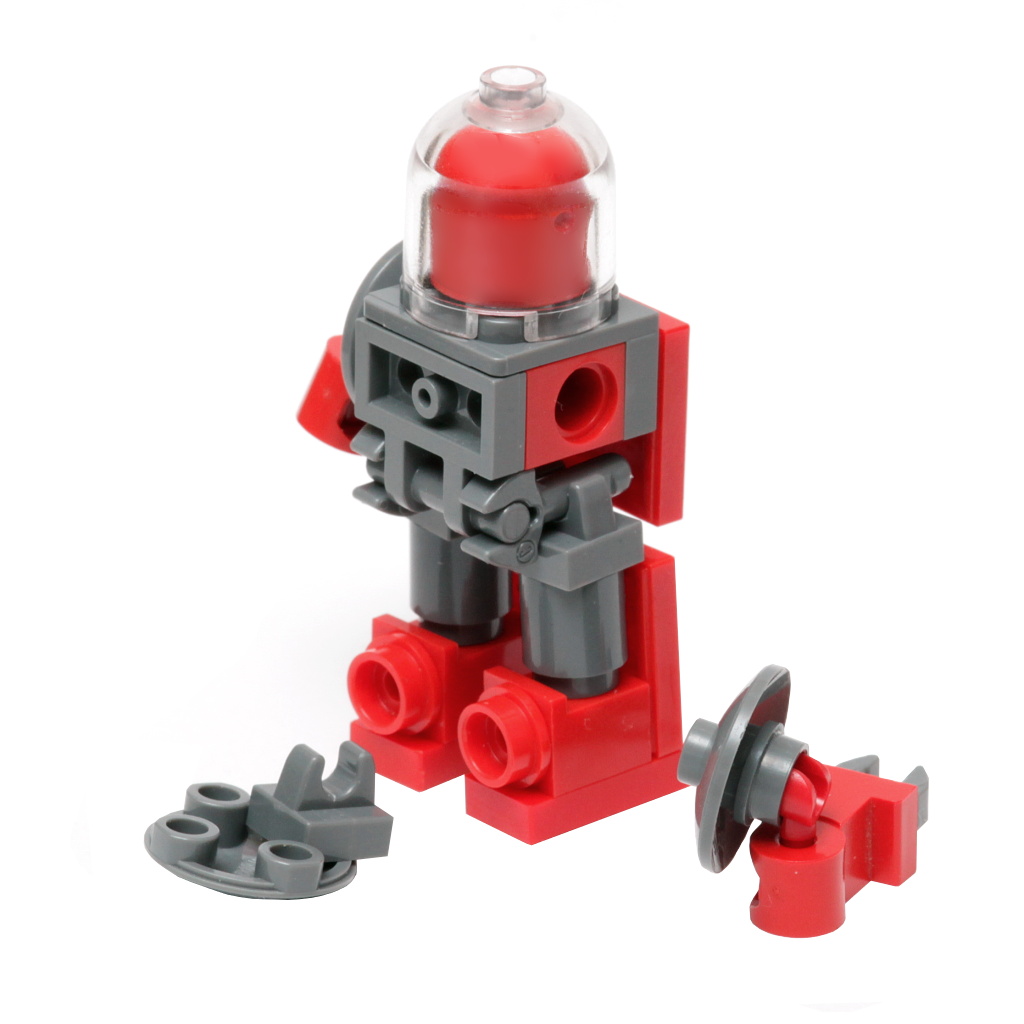
A Kid’s Imagination Sparks Real Innovation (Image Credits: Flickr)
In a quiet workshop lit by the glow of screens and scattered with colorful bricks, a young inventor pieced together something extraordinary that blurs the line between play and precision engineering.
A Kid’s Imagination Sparks Real Innovation
Imagine grabbing your favorite toy and transforming it into a tool that rivals professional tech. That’s exactly what this teenager did, crafting a robot hand from everyday Lego Mindstorms parts that performs tasks with surprising strength.
The hand isn’t just a fun project; it pushes, pulls, and grips objects almost as effectively as advanced 3D-printed models used in labs. This feat highlights how accessible materials can drive cutting-edge ideas, especially when guided by youthful curiosity.
Experts are taking notice because the design shows potential for affordable robotics in everyday life.
The Building Blocks of Brilliance
Starting with basic Lego components, the teen assembled a four-fingered hand that moves with deliberate precision. Each finger flexes thanks to simple motors and gears, mimicking human dexterity without fancy electronics.
What sets this apart is the force it generates. Tests reveal it handles loads close to those of high-end prototypes, proving that ingenuity often trumps expensive tools.
This approach echoes past successes, like earlier Lego prosthetics, but pushes boundaries further into functional robotics.
Why Lego? The Smart Choice for Makers
Lego’s modular nature makes it perfect for experimentation. You snap pieces together, test, and tweak on the fly, which is ideal for a budding engineer honing skills.
Unlike rigid 3D printing, Lego allows quick iterations. If a joint feels off, swap it out in seconds rather than reprinting entire parts.
Plus, the cost is a fraction of specialized kits, opening doors for more young creators to explore robotics without barriers.
Testing the Limits: Strength Meets Smarts
To validate the hand, the inventor ran real-world trials. It lifted weights, manipulated delicate items, and even navigated obstacles, all while powered by standard batteries.
Comparisons to commercial hands show it’s not far behind in grip strength, a testament to clever engineering tweaks like reinforced joints and optimized gearing.
These demos aren’t just for show; they suggest applications in education, where students could build similar devices to learn physics and coding hands-on.
Broader Impacts: From Toys to Tomorrow’s Tech
This project could inspire a wave of low-cost innovations. Think prosthetics for those in need or assistive tools in disaster zones, where quick assembly matters most.
In a world pushing for sustainable tech, reusing Lego reduces waste and democratizes invention. Schools and makerspaces might soon stockpile bricks for robot-building classes.
The teen’s work reminds us that big ideas often start small, challenging the notion that breakthroughs require big budgets.
Challenges Overcome and Lessons Learned
Building something this capable wasn’t without hurdles. Aligning motors for smooth motion took countless trials, and balancing weight ensured stability.
Yet, persistence paid off, turning frustration into a functional prototype. The key? Breaking the problem into Lego-sized chunks – literally.
Along the way, the inventor gained insights into mechanics and programming, skills that could shape a future career in robotics.
| Feature | Lego Hand | 3D-Printed Counterpart |
|---|---|---|
| Grip Force | High, near-professional | Standard high-end |
| Cost | Affordable (under $500) | Often thousands |
| Build Time | Weeks, iterative | Months, specialized |
Looking Ahead: What’s Next for Brick-Powered Bots
As word spreads, collaborators might enhance this design with sensors for smarter responses. Imagine a hand that senses pressure and adjusts automatically.
For now, it stands as proof that creativity knows no limits. This teen’s story encourages everyone to tinker and dream big.
One strong takeaway: The next big invention might be hiding in your toy box. What do you think about it? Tell us in the comments.
Key Takeaways
- Lego’s versatility enables powerful, low-cost robotics.
- Young innovators can rival pros with everyday materials.
- This sparks ideas for accessible tech in education and aid.





